Disclosure: This article contains affiliate links. We may earn a commission from purchases at no extra cost to you, which helps our travel content.
The first time I gazed upon Dal Lake at sunrise, watching the wooden shikaras glide silently across the misty waters, I understood why Kashmir is called 'heaven on earth.' As a researcher of cultural heritage sites, I've traversed many landscapes, but Kashmir's profound beauty coupled with its complex realities presents a uniquely rewarding challenge for the solo female traveler. This guide distills my experiences from multiple research visits into practical wisdom for those seeking both adventure and introspection in this extraordinary region.
Preparing for Kashmir: Research Beyond the Headlines
As an academic, I approach travel preparation with methodical thoroughness, particularly for regions with complex geopolitical situations like Kashmir. Before my first visit to research Mughal gardens, I spent weeks consulting both scholarly sources and contemporary travel accounts.
The media portrayal of Kashmir often skews toward conflict narratives, but the reality for travelers is far more nuanced. Begin by consulting the most recent government travel advisories, but supplement these with insights from recent travelers through forums like India Mike or Women Travel Groups on social media platforms.
I've found Kashmiri travel operators remarkably responsive via email—reach out directly to those with established reputations to ask specific safety questions. For comprehensive cultural context, I recommend Kashmir: The Vajpayee Years, which provides invaluable historical perspective that enriches your understanding of the region you'll be experiencing.
Pre-booking accommodation for at least your first few nights offers peace of mind. I prefer smaller, family-run houseboats and guesthouses over large hotels—they provide both security and cultural immersion.
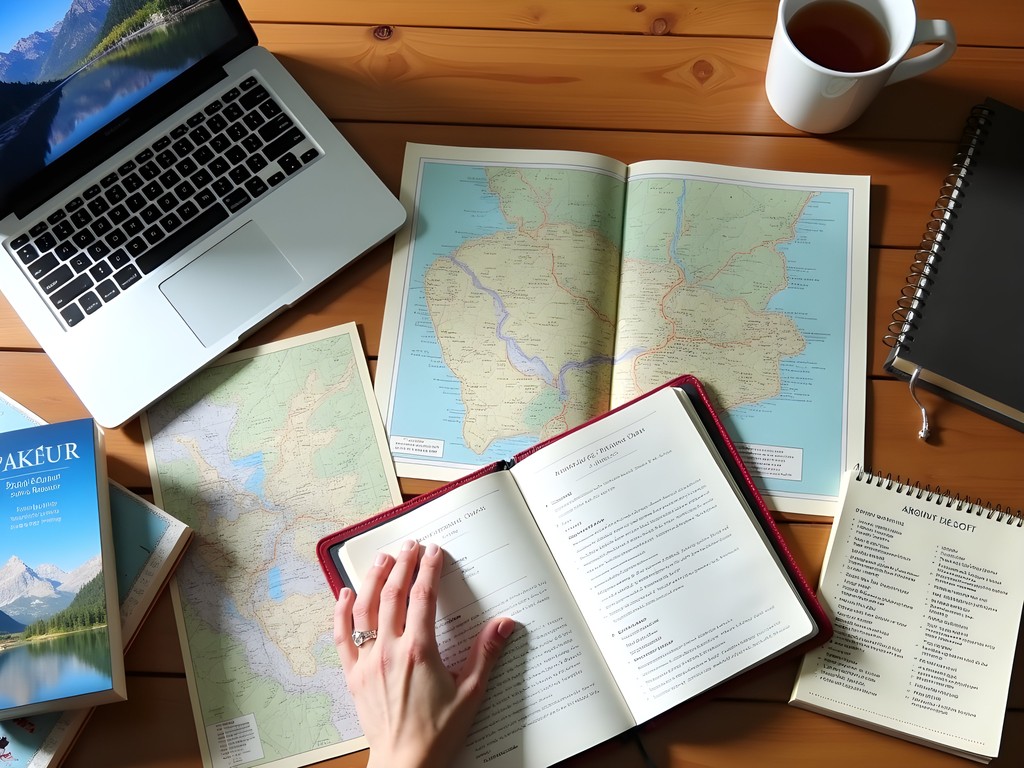
💡 Pro Tips
- Download offline maps and save emergency contacts before arrival
- Register your travel plans with your country's diplomatic mission in India
- Pack modest clothing that covers shoulders and knees, with a light pashmina for temple visits
Navigating Cultural Nuances: Respect and Connection
Kashmir's cultural landscape is as intricate as the patterns on its famous carpets. As both a woman of South Asian heritage and a cultural researcher, I've found that understanding these nuances creates not just safer travel experiences, but profoundly richer ones.
Kashmiri culture blends influences from Central Asia, Persia, and the Indian subcontinent, with Islam being the predominant religion. Dressing modestly isn't merely about respect—it's your visual communication that you understand local values. I travel with a convertible travel dress that works beautifully for both walking tours and impromptu invitations to local homes.
Learning basic Kashmiri or Urdu phrases opens doors that remain closed to many tourists. 'Salaam Alaikum' (peace be upon you) as a greeting and 'Shukria' (thank you) demonstrate respect that's invariably reciprocated. When invited into homes—which happens with heartwarming frequency—remove shoes and accept at least a small portion of offered food or kahwa (traditional Kashmiri tea).
While photographing architectural details for my research, I've always requested permission before capturing images that include locals, especially women. This simple courtesy has often led to meaningful conversations and occasionally, invitations to family celebrations that provided invaluable insights into Kashmiri domestic life.
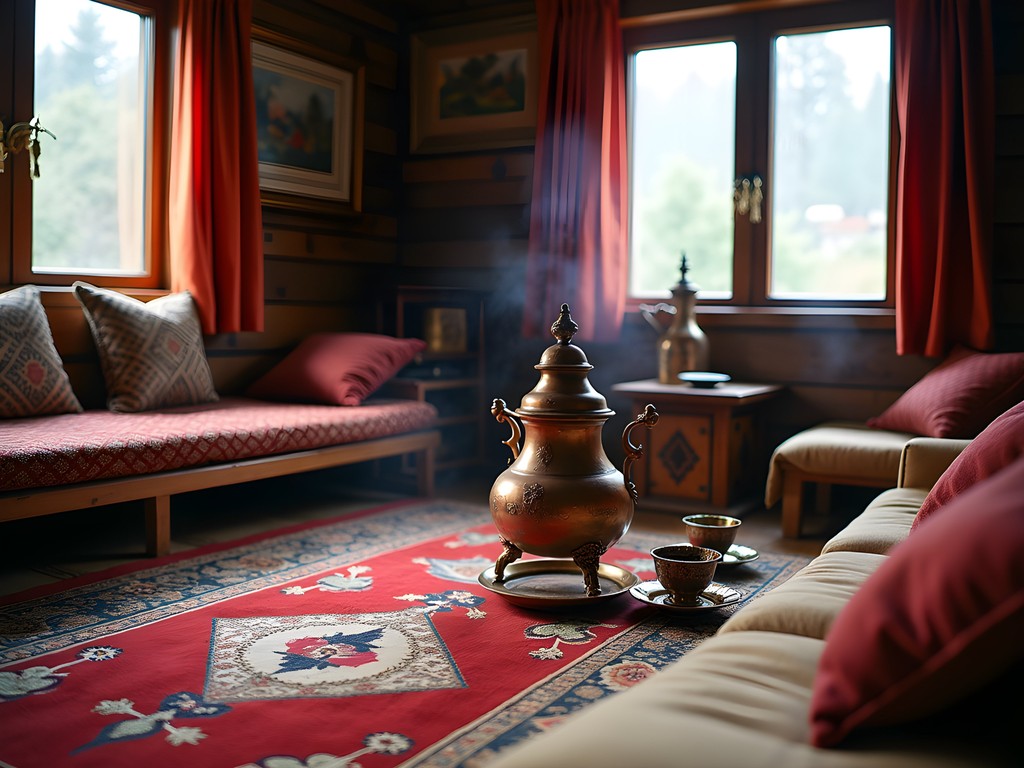
💡 Pro Tips
- Carry a lightweight scarf to cover your head when visiting religious sites
- Accept hospitality when offered—refusing can be considered impolite
- Learn to drink tea the Kashmiri way: sip slowly and use these moments for genuine conversation
Accommodation Strategies: From Houseboats to Himalayan Homestays
My research on architectural heritage in Kashmir has led me to experiment with various accommodation styles across the region, each offering distinct perspectives on Kashmiri life and varying degrees of comfort for the solo female traveler.
The iconic houseboats of Dal and Nageen Lakes represent a quintessential Kashmiri experience. These floating wooden masterpieces, with their intricate walnut woodwork and sumptuous Kashmiri carpets, offer both security and splendor. I recommend mid-range options like Butt's Clermont Houseboats or Mascot Houseboats, which balance authentic character with necessary amenities. The close-knit houseboat community creates natural security, with families often looking after solo female guests with particular care.
For longer stays, I've found serviced apartments in Srinagar's Rajbagh or Jawahar Nagar areas offer independence while maintaining safety. Many come with housekeeping and cooking services, providing flexibility for work-travel balance.
In more remote areas like Pahalgam or Gulmarg, carefully vetted homestays provide unparalleled cultural immersion. I use a portable door lock for added security when staying in unfamiliar accommodations—a small investment that provides significant peace of mind.
For mountain treks, advance arrangements with established operators like Kashmir Alpine Adventures ensure appropriate accommodation with safety considerations for women travelers. Their network of mountain lodges and supervised camping experiences have allowed me to access remote temples without compromising comfort or security.
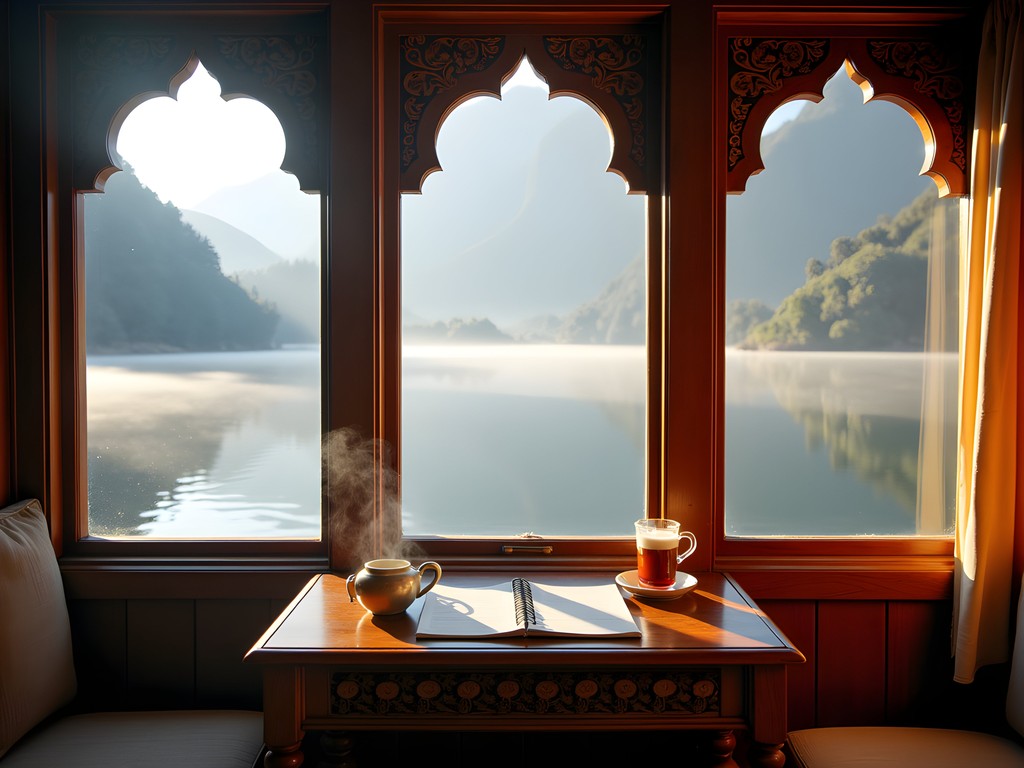
💡 Pro Tips
- Book houseboats through direct email rather than third-party sites for better rates and clearer communication about specific needs
- Request rooms near common areas or staff quarters when staying in larger hotels
- Bring a sleeping bag liner for impromptu stays in more basic accommodations
Soul-Searching Sanctuaries: Finding Solitude Safely
Kashmir's landscape seems designed for contemplation—from the meditative symmetry of Mughal gardens to the humbling vastness of its mountain passes. As someone who balances academic rigor with spiritual curiosity, I've discovered several sanctuaries where solo female travelers can safely experience transformative solitude.
The terraced Nishat Bagan (Garden of Joy) opens at 9am, but arriving precisely at opening time rewards you with nearly private access to its cascading fountains and panoramic Dal Lake views. I've spent entire mornings here with my meditation cushion, journaling and sketching architectural details while tourists arrive hours later.
For those seeking more active reflection, the 6km circumambulatory path around Shankaracharya Hill offers both physical challenge and spiritual significance. This ancient route passes Hindu and Buddhist heritage sites while providing sweeping views of Srinagar. I recommend hiring a registered female guide through the Tourist Reception Centre for this walk—not just for safety but for the rich historical context they provide.
Pari Mahal, the 'Fairy Palace' overlooking Dal Lake, attracts fewer visitors than other heritage sites despite its spectacular terraced gardens. Its quieter atmosphere makes it ideal for contemplative afternoons. The on-site library contains fascinating historical texts about Kashmir's syncretic religious traditions.
For multi-day spiritual retreats, the Buddhist monastery at Lamayuru offers structured meditation programs where female travelers can participate in daily practices alongside resident nuns. These programs provide both inner exploration and the protective framework of an established spiritual community.
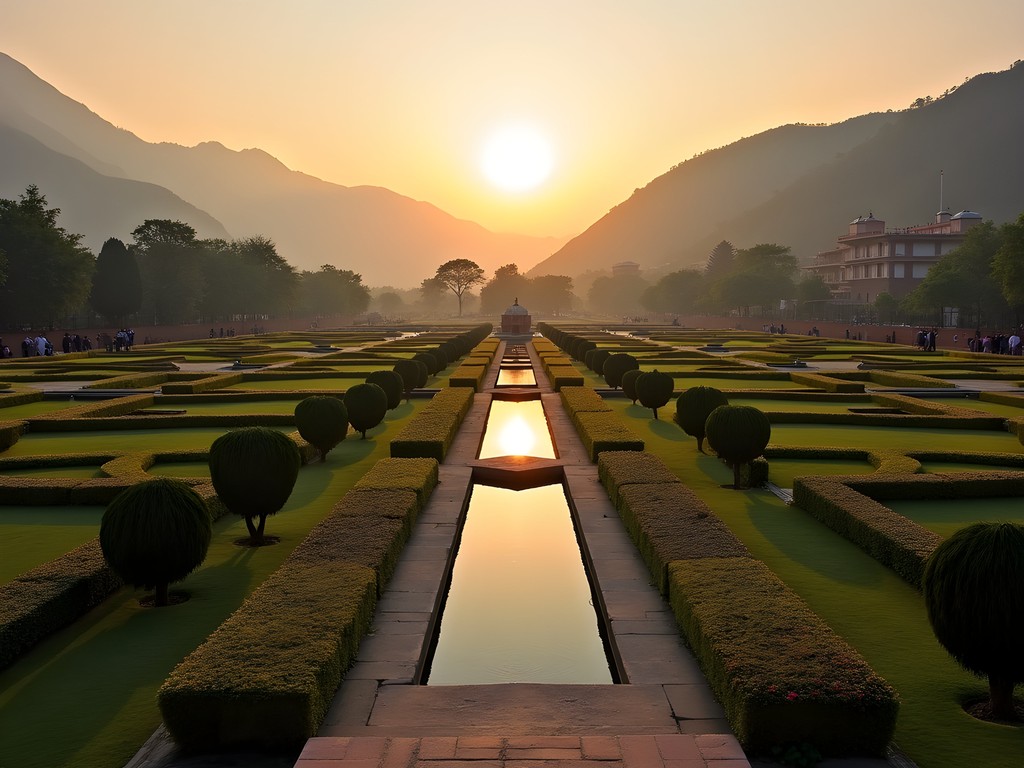
💡 Pro Tips
- Visit sacred sites during early morning hours when local devotees come but tourist crowds haven't yet arrived
- Carry a solar lantern for early morning or evening walks when lighting may be limited
- Respect photography restrictions at religious sites—sometimes the most profound experiences are those we don't capture digitally
Safety Protocols: Practical Wisdom for Solo Navigation
My approach to safety in Kashmir balances academic thoroughness with practical street wisdom developed over years of solo research travel. The reality I've experienced consistently contradicts simplistic narratives—Kashmiris are among the most hospitable people I've encountered, yet certain precautions remain essential.
Transportation requires strategic planning. For city exploration in Srinagar, I use pre-arranged drivers recommended by accommodation providers rather than hailing unknown taxis. The GeoSure app provides neighborhood-specific safety scores that I've found remarkably accurate for Kashmir's urban centers.
When traveling between cities, shared taxis are economical but I prefer private transportation for journeys that might extend after dark. The Tourist Reception Centre in Srinagar can arrange female drivers upon request—a service I've utilized several times for more remote research sites.
Communication redundancy is crucial. Kashmir experiences occasional internet restrictions, so I travel with both a local SIM card (BSNL has the most reliable coverage in mountainous areas) and a satellite communicator for emergency messaging when cellular networks are unavailable. The device's tracking feature allows family to monitor my location during mountain excursions.
For day hikes around popular destinations like Pahalgam, I join established walking groups rather than venturing alone on less-frequented trails. Local guides not only enhance safety but reveal hidden archaeological sites I would have otherwise missed during my research on temple architecture.
Finally, I maintain a low-key presence—minimizing expensive equipment display, dressing modestly, and keeping a flexible itinerary that can adapt to unexpected developments or security advisories.

💡 Pro Tips
- Share your daily itinerary with your accommodation host or a trusted contact
- Carry a photocopy of your passport and visa while keeping originals secured in your accommodation safe
- Use a money belt for important documents and excess cash
Final Thoughts
My academic research has taken me to heritage sites across continents, but Kashmir continues to occupy a singular place in both my scholarly work and personal journey. Its complex layers—breathtaking natural beauty, architectural marvels, rich cultural traditions, and resilient people navigating challenging circumstances—reward the thoughtful solo female traveler with experiences of extraordinary depth.
The Kashmir I've come to know through multiple research visits bears little resemblance to sensationalized headlines. Instead, I've found a place where traditional hospitality transcends political complexities, where solo female travelers are protected rather than endangered, and where moments of profound connection arise in unexpected places—from scholarly discussions with university professors to silent understanding shared with elderly craftswomen.
As you prepare for your own Kashmiri journey, remember that your presence as a solo female traveler makes a statement about cultural exchange and mutual respect. Your willingness to engage thoughtfully with this remarkable region contributes to a more nuanced global understanding of Kashmir beyond simplified narratives.
Whether you're seeking architectural wonders, spiritual renewal, or simply the space to hear your own thoughts against the backdrop of the world's most beautiful landscapes, Kashmir offers rare gifts to those who approach with preparation, respect, and an open heart. The paradise that once captivated Mughal emperors awaits your thoughtful exploration.
✨ Key Takeaways
- Thorough preparation creates the foundation for confident solo female travel in Kashmir
- Cultural respect opens doors to authentic experiences beyond typical tourist encounters
- Strategic accommodation choices balance immersion with necessary security considerations
- Kashmir offers unique opportunities for soul-searching in safely accessible contemplative spaces
- Local connections and communication redundancy are your most valuable safety assets
📋 Practical Information
Best Time to Visit
Summer (May-August)
Budget Estimate
₹4,000-8,000 ($50-100 USD) per day for mid-range travel
Recommended Duration
10-14 days
Difficulty Level
Advanced

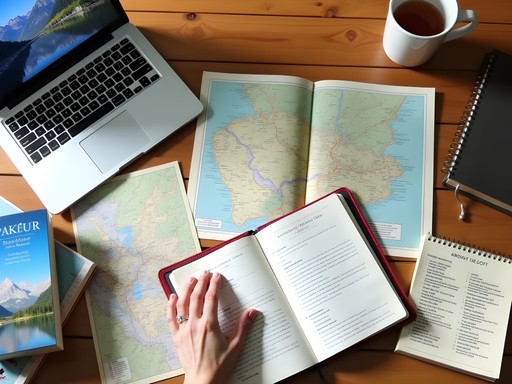
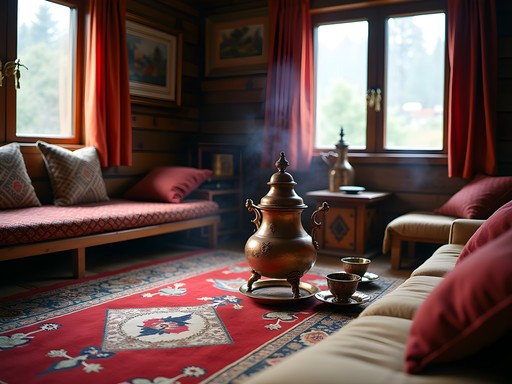
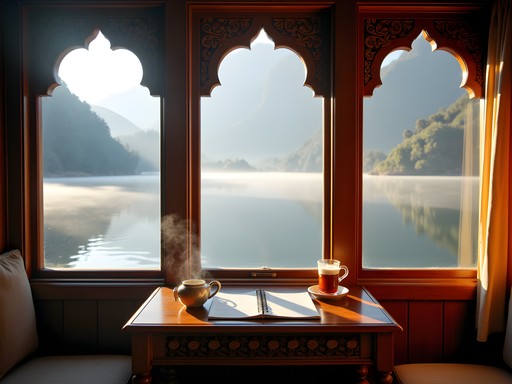
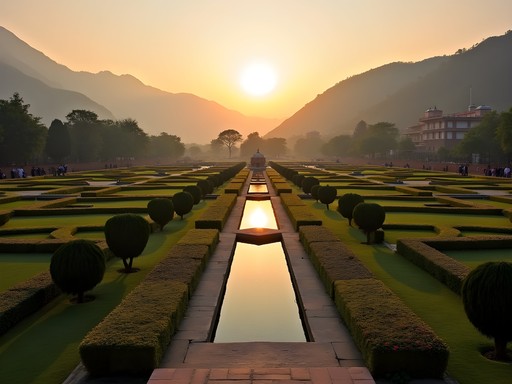



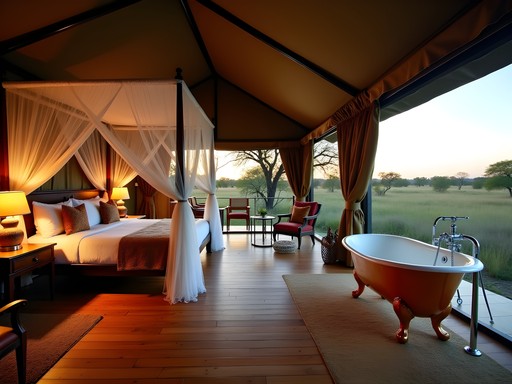
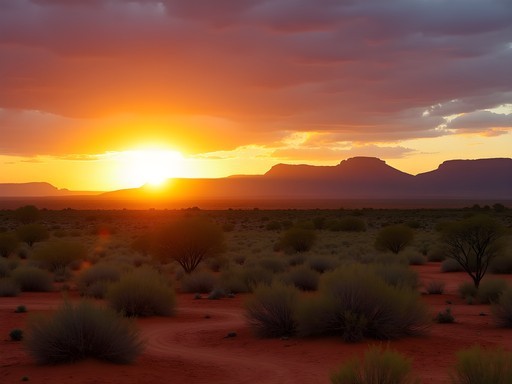



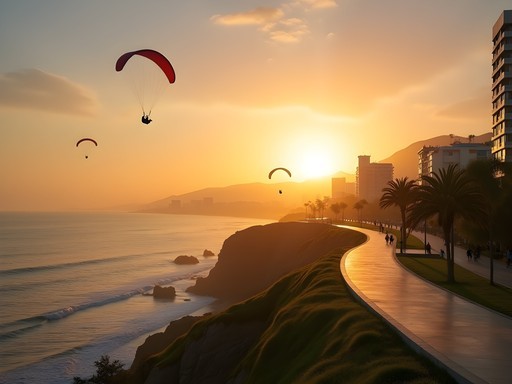

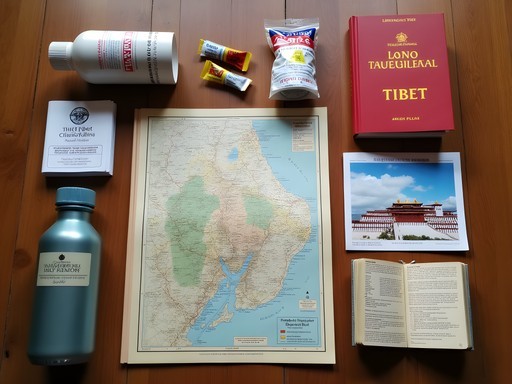
Comments
Frank Carter
Ariana, your guide brought back so many memories of my time in Kashmir last year. The section on cultural nuances is spot on. When I stayed on a houseboat on Dal Lake, the family treated me like one of their own, sharing stories of Kashmiri traditions over kehwa tea each evening. One experience I'd add for solo travelers: visit the local bakeries at dawn to try the fresh tsot bread. The bakers were always happy to chat, and it became my daily ritual. Curious though - did you make it to Doodhpathri? That meadow was a highlight for me, much less crowded than Gulmarg.
Ariana Ahmad
Frank, I love your morning bread ritual! And yes, I did visit Doodhpathri - absolutely magical and much more peaceful. I'll be writing a follow-up post about the lesser-known meadows soon!
freeblogger
Your photos of Dal Lake are absolutely stunning! Can't wait to visit someday.
freerider
This is super helpful! Did you feel safe traveling alone on public transport between cities in Kashmir? I'm planning a trip but nervous about getting around.
Ariana Ahmad
Hi freerider! Yes, I did use public transport between major towns. The shared taxis (called 'sumos') are reliable and frequented by locals. Just be sure to travel during daylight hours and let your accommodation know your plans.
freerider
Thanks so much for the quick reply! That's reassuring to hear.
Adam Nichols
Excellent analysis of the safety situation in Kashmir, Ariana. I appreciate how you've separated sensationalized headlines from ground realities. Having documented conflict zones across Asia, I find your approach refreshingly balanced. Two observations to add: 1) The mobile connectivity has improved dramatically since 2024, making solo travel much easier for safety check-ins. 2) The new tourism infrastructure in Sonamarg is changing accessibility to some previously challenging trekking routes. Your point about female travelers receiving special protection from locals aligns with my observations - Kashmiri culture holds deep respect for women travelers, something often overlooked in Western media narratives about the region.
sunsetlegend
Your sunrise shot of Dal Lake is STUNNING!! 😍 Totally captures the magic of Kashmir. I visited last summer and was blown away by how the reality exceeded all the photos I'd seen. The Mughal gardens were my absolute favorite - did you get to Nishat Bagh? The terraced gardens with mountain views had me speechless. Your advice about dressing respectfully is spot on - I packed light layers and a couple nice scarves which worked perfectly for temple visits and cooler evenings. Can't wait to go back!
sunnyadventurer
Ariana, did you visit Gulmarg? I'm planning a 2-week trip and wondering if it's worth spending 3 days there or if I should focus more time around Srinagar?
beachlife
Not Ariana but Gulmarg is DEFINITELY worth it! The gondola ride up is incredible. We did 2 days and wished we had one more.
moonphotographer
Just returned from Kashmir last week and used so many tips from this guide! The morning shikara ride on Dal Lake was magical for photography - that misty golden light is UNREAL. Found an amazing boatman named Gulzar who knew all the best spots for sunrise shots. Also, that meditation spot you mentioned near Pari Mahal? Absolute perfection for soul-searching moments. Thank you for encouraging me to take this journey despite my initial concerns! ❤️📸
sunnyadventurer
Would love to see some of your photos if you have an Instagram to share!
moonphotographer
Sure! It's @kashmir_light_chaser - just posted a whole series from Nigeen Lake at dawn yesterday!
dreamwanderer
Did you feel safe on the houseboats? Planning a trip and can't decide between that or homestay.
Ariana Ahmad
Absolutely felt safe on houseboats! They're like floating guesthouses with families who've run them for generations. Just book one with good reviews and you'll be fine. Homestays offer deeper cultural immersion though - tough choice!
coffeequeen
Your section on homestays was so helpful! I stayed with a family in Pahalgam for three days and it completely changed my perspective on Kashmiri culture. The grandmother taught me traditional embroidery techniques while her daughter explained how tourism has evolved in their valley over generations. Much more meaningful than any hotel could offer. One tip to add: bringing small gifts from your home country is always appreciated by host families!
Haley Hamilton
Your section on 'Soul-Searching Sanctuaries' resonated deeply with me. I visited Kashmir last year and found that same spiritual connection you described at Pari Mahal. The silence there at sunset was unlike anything I've experienced elsewhere. For anyone planning a visit, I'd add that bringing a good headlamp is essential for those early morning temple visits - I used my headlamp constantly! One tip I'd add: arrange a reliable driver for the entire trip if possible. My driver Farooq became not just transportation but a cultural guide and genuine friend who introduced me to his family for a home-cooked wazwan feast!
sunsetlegend
OMG yes! The drivers are amazing resources! Our driver Yasir was basically our guardian angel throughout the trip. So much local knowledge!
Venture X
Premium card with 2X miles, $300 travel credit, Priority Pass